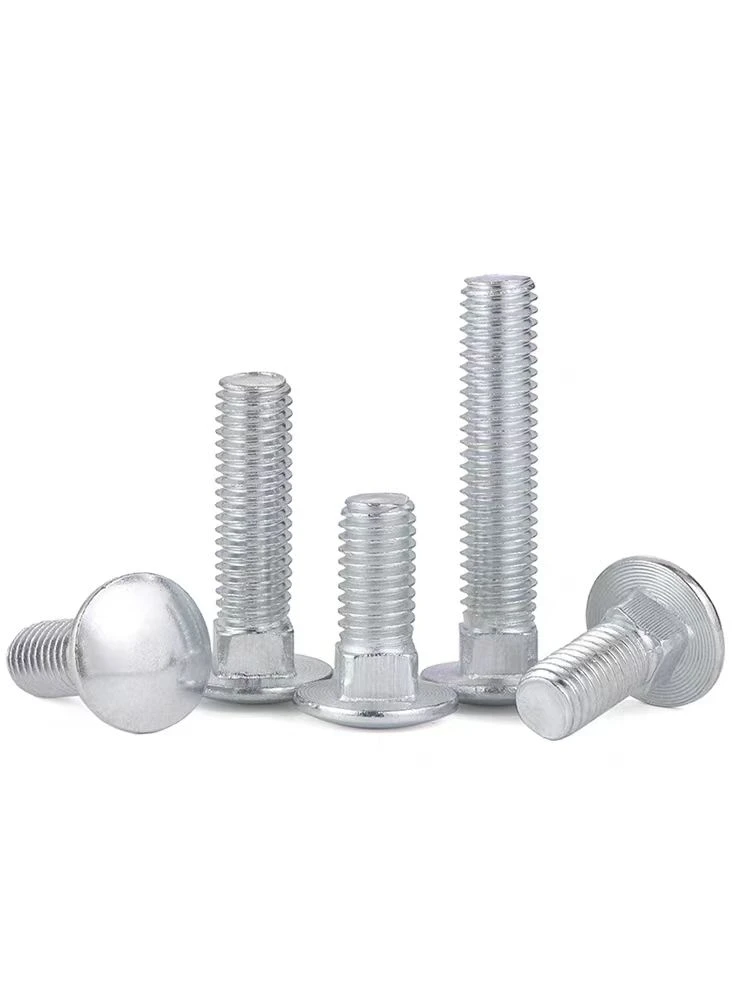

self tapping screws for heavy steel
Nov . 16, 2024 14:39 Back to list
self tapping screws for heavy steel
Self-Tapping Screws for Heavy Steel A Comprehensive Guide
When it comes to fastening heavy steel components, self-tapping screws have become an indispensable tool in construction, automotive, and manufacturing industries. These innovative fasteners offer a unique combination of strength, ease of use, and efficiency that traditional screws often cannot match. This article delves into the various aspects of using self-tapping screws for heavy steel applications, outlining their benefits, types, installation techniques, and considerations for effective use.
What are Self-Tapping Screws?
Self-tapping screws are designed to create their own hole as they are driven into the base material. They feature a sharp tip and specialized threads that allow them to cut into and engage with the material efficiently. There are primarily two categories of self-tapping screws thread-cutting screws, which remove material to create a socket, and thread-forming screws, which displace material to form a thread without removing any material.
Benefits of Using Self-Tapping Screws in Heavy Steel
1. Time Efficiency One of the main advantages of self-tapping screws is their ability to streamline the fastening process. Traditional screws often require pre-drilling, which can slow down construction and manufacturing timelines. Self-tapping screws eliminate this step, allowing for rapid installation.
2. Strong Holding Power Heavy steel applications require fasteners that can withstand extreme loads and stresses. Self-tapping screws are available in various designs specifically engineered to provide superior holding power in high-strength materials. Their ability to form precise threads enhances grip and stability.
3. Versatility These screws come in a variety of sizes and materials, such as stainless steel and coated options, leading to improved resistance against corrosive environments. This versatility makes them suitable for various heavy-duty applications, from structural steel assemblies to automotive manufacturing.
Types of Self-Tapping Screws for Heavy Steel
self tapping screws for heavy steel

1. Type A and Type B Screws Type A screws have a sharp point and are designed primarily for use in softer materials, while Type B screws have a flatter tip and are specifically made for harder materials like heavy steel.
2. Self-Drilling Screws These screws combine the capabilities of a drill bit and a screw, allowing them to drill through thick steel and create their own hole in one step. They are particularly effective for thick steel applications where pre-drilling is impractical.
3. Coated Screws Many manufacturers offer self-tapping screws with specialized coatings designed to enhance corrosion resistance and reduce friction during installation. This feature is especially important in outdoor or harsh environments.
Installation Techniques
1. Proper Fit Select the correct size and type of self-tapping screw based on the thickness and application of the steel. A screw that is too long can penetrate too deeply, while one that is too short may not provide sufficient holding power.
2. Use of Power Tools Utilizing power tools can significantly enhance the speed and ease of installation. However, it's vital to use the right torque settings to prevent over-driving the screw, which can lead to material failure.
3. Alignment and Placement Ensure that the components being fastened are correctly aligned before installation. Misalignment can lead to uneven stress distribution and potential failure of the joint.
Conclusion
Self-tapping screws offer remarkable advantages for fastening heavy steel applications. Their efficiency, strength, and versatility make them essential components in various industries. Whether you're working on construction projects, manufacturing, or automotive applications, understanding the characteristics and proper use of self-tapping screws will lead to improved performance and increased durability of your steel assemblies. By adhering to proper selection and installation techniques, you can harness the full potential of these fasteners, ensuring secure and lasting joints in even the most demanding environments.
Latest news
-
Premium Fasteners Manufacturer | AI-Driven Solutions
NewsAug.01,2025
-
Hot Dip Galvanized Bolts - Hebei Longze | High Strength, Corrosion Resistance
NewsAug.01,2025
-
High-Strength Hot Dip Galvanized Bolts - LongZe | Corrosion Resistance, Custom Sizes
NewsAug.01,2025
-
Best Self Tapping Screws for Drywall - Fast & Secure Installation
NewsJul.31,2025
-
High-Strength Hot Dip Galvanized Bolts-Hebei Longze|Corrosion Resistance&Customization
NewsJul.31,2025
-
Hot Dip Galvanized Bolts-Hebei Longze Metal Products|Corrosion Resistance&High Strength
NewsJul.31,2025

